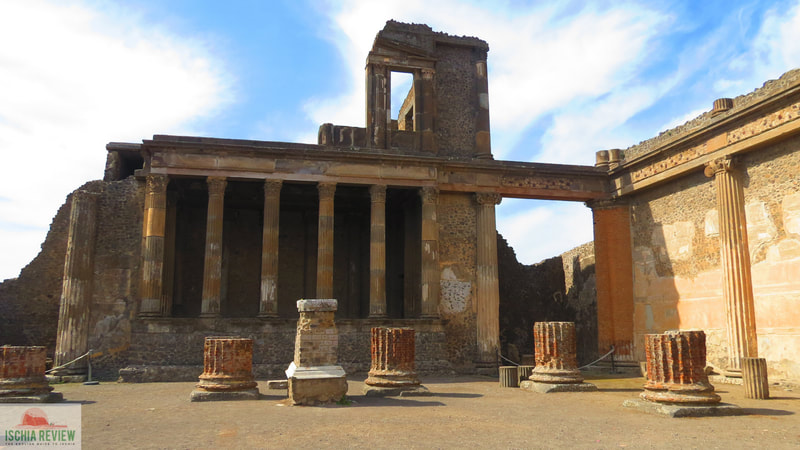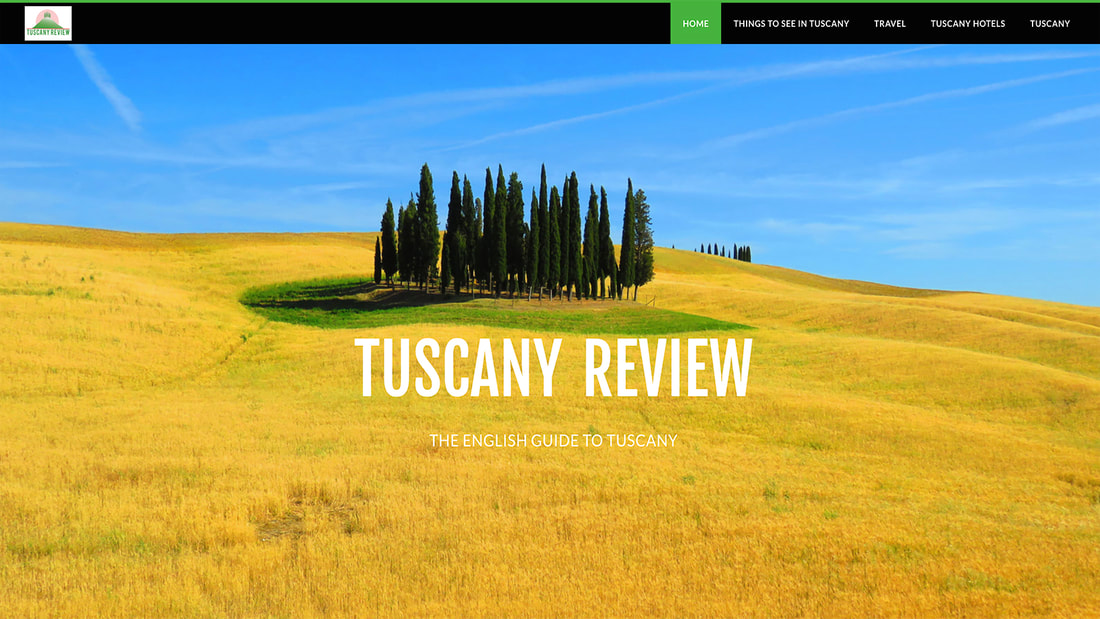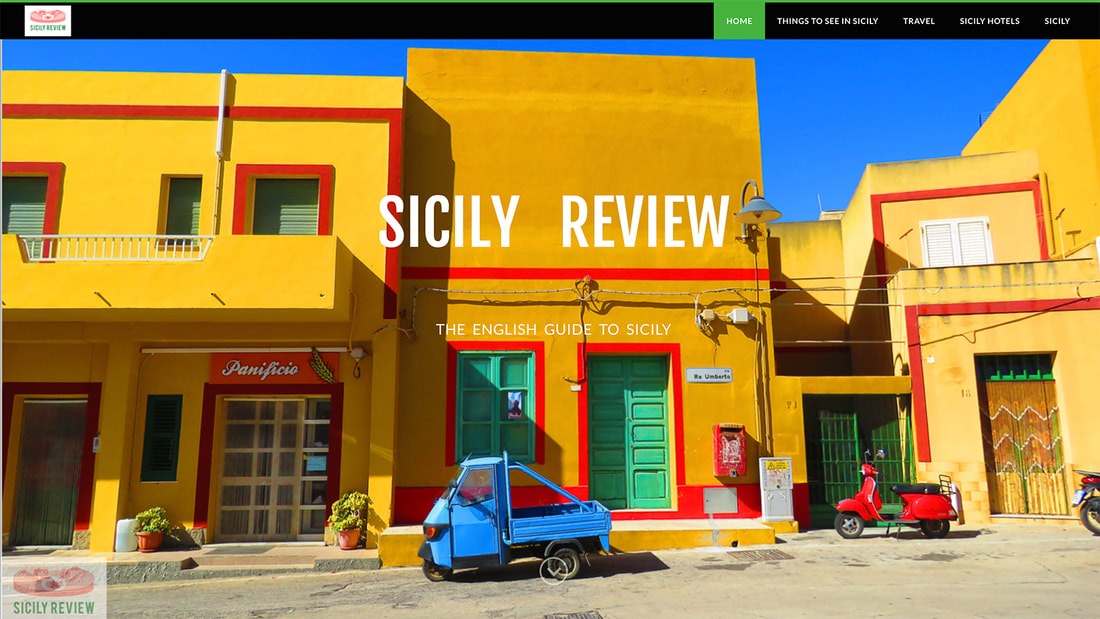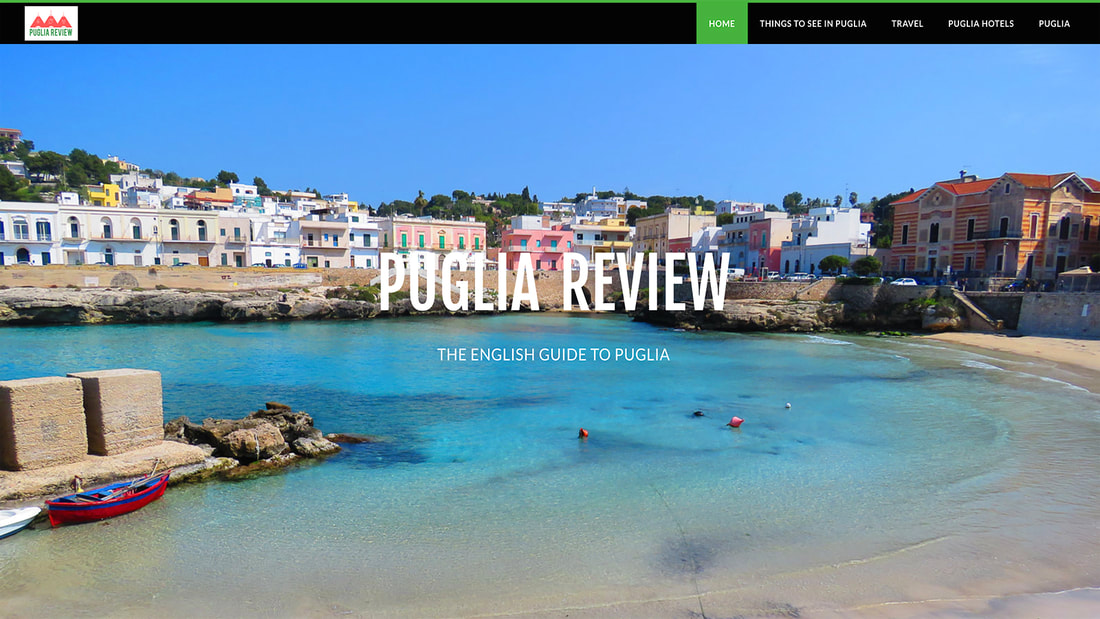POMPEII
Latest update: 24 March 2022
|
Pompeii was an ancient Roman city destroyed by the volcanic eruption of neighbouring Mount Vesuvius on the 24th August 79 AD.
The city was buried underneath between 4 to 6 metres of ash and pumice and remained lost to the world until around 1748 when a Spanish engineer decided to excavate the site. |
|
Related links
Due to the lack of air and moisture caused by the burial, many of the artefacts in the city were incredibly well preserved whilst one of the techniques used by the engineers created a morbid yet fascinating discovery. In order to fill the gaps beneath the ground to aid the excavation, plaster was poured into the voids where the human bodies had once lain, and what can now be seen at Pompeii are plaster-casts of those bodies in the exact position they were in when they died.
Pompeii is these days listed as a UNESCO World Heritage Site and attracts thousands of tourists each year.
Many visitors to Ischia choose to take a day-trip by boat to Pompeii and some of the surrounding sights such as Mount Vesuvius.
Pompeii is these days listed as a UNESCO World Heritage Site and attracts thousands of tourists each year.
Many visitors to Ischia choose to take a day-trip by boat to Pompeii and some of the surrounding sights such as Mount Vesuvius.
|
|







